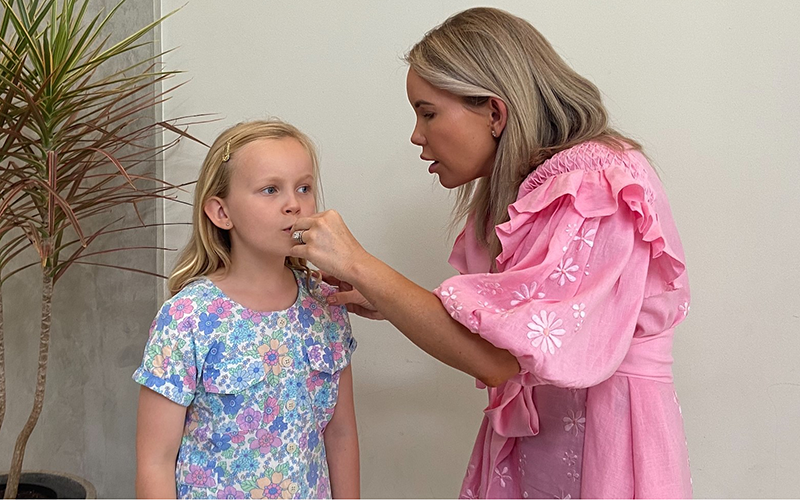Search
Research
Review of trends in disabilities, mental health disorders and complex needs among children and adolescentsThe aim of the project was to provide the South Australian Department for Education with a synthesis of high-quality evidence on the population prevalence of various disabilities among school-aged children.
Research
Wellbeing and Engagement Collection (WEC) in the South Australian school systemThe aim of the WEC is to help teachers, school leaders and policy makers better understand and support the wellbeing and engagement of their students.

News & Events
Kids who skip breakfast have poorer NAPLAN results: studyAn Australian study has revealed the clear link between eating breakfast and academic success, with students who skip breakfast some or all of the time achieving poorer NAPLAN results than children who always eat breakfast.

News & Events
Perth COVID-19 infection study to doorknock in search of undetected cases during Omicron waveResearchers will be asking random households across metropolitan Perth to undertake COVID tests to reveal how much undetected infection is in the community.
Research
Validation of Physical Activity Assessment in Type 1 Diabetes – an Essential Step to Incorporating Systematic Measurement of Activity as the Standard of Care in YouthLiz Tim Davis Jones MBBS FRACP PhD MBBS DCH FRACP MD Co-director of Children’s Diabetes Centre Co-head, Diabetes and Obesity Research Co-director of
Research
END RHD Community Project - Kimberley (Rheumatic Fever Strategy)Kimberley Aboriginal Medical Services, Nirrumbuk Environmental Health and Services and The Kids Research Institute Australia seek to implement and evaluate a community-led project, funded by the Department of Health, to prevent and manage RHD in a selected high-risk Aboriginal community
Research
Priorities for improved management of acute rheumatic fever and rheumatic heart diseaseThe results suggest that timely injection and patient education are priorities for managing ARF and RHD, particularly focusing on child-to-adult transition care.
Research
Knowledge translation lessons from an audit of Aboriginal Australians with acute coronary syndrome presenting to a regional hospitalThis audit is used as a case study of translating knowledge processes in order to identify the factors that support equity-oriented knowledge translation.
Research
The potential of antisense oligonucleotide therapies for inherited childhood lung diseasesAntisense oligonucleotides are an emerging therapeutic option to treat diseases with known genetic origin. In the age of personalised medicines, antisense oligonucleotides can sometimes be designed to target and bypass or overcome a patient's genetic mutation, in particular those lesions that compromise normal pre-mRNA processing. Antisense oligonucleotides can alter gene expression through a variety of mechanisms as determined by the chemistry and antisense oligomer design.

News & Events
Drug find could represent big win for our little patientsDr Rishi Kotecha knows too well the devastation of a leukaemia diagnosis in a child, treating children as a consultant at Princess Margaret Hospital.
